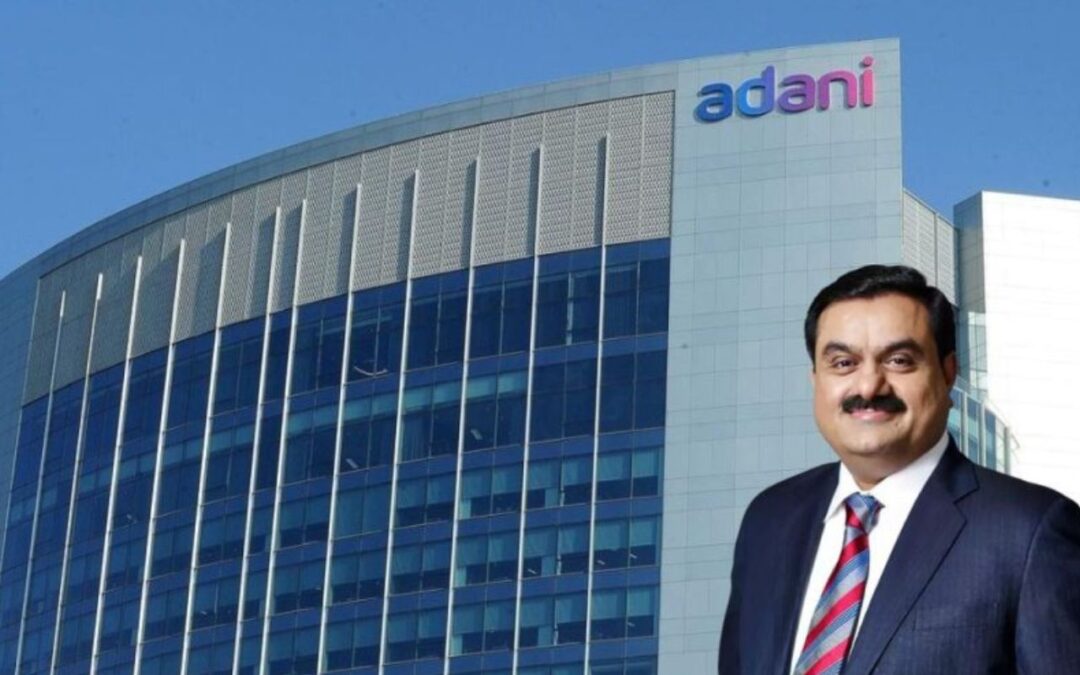Synopsis- Bengaluru’s ₹17,698 crore twin-tunnels initiative seeks to relieve congestion and enhance connectivity but has faced backlash due to issues of cost, equitable financing, and environmental impacts. Many large contractors are bidding, and successful bidders could reimagine urban projects in all Indian cities.
Introduction
Bengaluru’s twin-tunnel road project, worth ₹17,698 crore, aims to seamlessly connect the Central Silk Board to Hebbal, potentially reducing congestion across the city. This project will run 16.75 km underground, and companies like Adani, Tata Projects, and L&T have already submitted bids. This has been considered the boldest mobilization push for India, and the project promises change—but also controversy and civic engagement.
Project Vision and Scope: What’s Being Built?
- Tunnel Overview: The 16.75 km underground passage will connect Central Silk Board to Hebbal via a three-lane twin tunnel, reducing one of Bengaluru’s most traffic-fractured zones.
- Vehicle Restrictions: Access is limited to four-wheeled vehicles only. Two-wheelers, autos, and heavy trucks are prohibited for safety and traffic flow reasons.
- Signal-Free Travel: The tunnel will provide a completely signal-free ride, bypass significant bottlenecks and allow for substantial travel time reductions.
- Toll and Capacity: The toll is ₹19/km, with an overall toll of ₹330 for the overall journey. This project will have a capacity of 1,800 vehicles/hour under the Bengaluru Smart Infrastructure Ltd (B-SMILE) redevelopment.
Financial Model and Execution Strategy
The Bengaluru tunnel project involves a BOOT (Build-Own-Operate-Transfer) model. The private bidders will fund 60% (₹ 10,619 crore), while the Karnataka government will provide 40% (₹ 7,079 crore) through Viability Gap Funding. The concession period is 34 years (4 years for construction, 30 years for operation and toll collection). The project is divided into 2 packages- Package 1: Hebbal to Seshadri Road (8.74 km) and Package 2: Seshadri Road to Central Silk Board (8.01 km). A total of 8 Tunnel Boring Machines are planned to drill for 26 months, and 12 months to finish, total of 4 years.
The Bidding War: Who’s in the Race?
In the race for the ₹17,698 crore tunnel road project, key infrastructure heavyweights, Adani Group, Tata Projects, and Larsen & Toubro (L&T) are the contenders to beat. Afcons, Megha Engineering, ITD Cementation, and seven companies attended the pre-bid meeting, demonstrating strong competition. Companies must demonstrate advanced tunnelling experience, demonstrate adequate financial credentials, and have the ability to deliver urban infrastructure. Bid submissions are due on September 2, 2025. A security deposit of ₹44 crore shall be required from each bidder.
Potential Impact: Benefits for the City
- Reduced Travel Time: The tunnel is intended to reduce travel times from two hours to just 25 minutes and alleviate congestion across Outer Ring Road, Inner Ring Road, and several major intersections.
- Real Estate Growth: In areas near tunnel portals, like Hebbal and Dairy Circle, there is expected to be exponential growth in property demand, turning them into emerging commercial zones.
- Improved Urban Efficiency: Positive externalities are reduced emergency response times, more efficient logistics and improved productivity.
- Model for Other Cities: Urban planners see this as a smarter mobility model for other Indian metro areas struggling with congestion on surface streets.
Concerns, Criticism & Civic Debate
- Public Subsidy Sparks Outrage: BJP MP Tejasvi Surya condemned the ₹7,100 crore subsidy for a car-only project as “elitist and unscientific”, pointing to the negligible public value of metropolitan tunnels when Bengaluru Metro receives very little subsidy.
- Low Tunnel Capacity vs Metro: Experts highlight the widespread capacity gap – just 1,800 passengers per hour per direction (pphpd) for the tunnel compared to 69,000 pphpd for the Metro – and signalling limited capacity for wider acceptance, before ultimately signalling poor scope for scaling up remains limited in terms of wider
- Risk of New CBD Bottlenecks: With 22 planned ramps, critics assert the tunnel could create bottlenecks for traffic within the new Central Business District instead of easing congestion.
- Environmental and Civic Alarm: Concerns include the depletion of local groundwater levels, soil erosion and soil instabilities, and continued urban heating through urban heat island effects. Citizens prefer a greater investment in mass transit rather than car-centric infrastructure.
Status and What Lies Ahead
- All Clear on Approvals: The project has cleared all major environmental and technical hurdles and is now set for the move into execution.
- Bids & Contracts: The next step will be assessing the bids received and awarding the construction contract. Three bids are currently in the running: Adani, L&T, and Tata.
- Construction Timeline: Provided all goes to plan, construction is anticipated to begin in early 2026. The target is full completion by 2029.
- High Stakes & Public Watch: Indeed, with timelines tightening and public money at stake, civic scrutiny increases. The project sits as a promise of transformative urban development and a test of all planning disciplines.
Conclusion
The proposal for the Bengaluru tunnel represents an important milestone in the evolution of modern urban infrastructure. While the project will help to relieve traffic and improve connectivity, considerable doubts remain about various elements in terms of cost, equity, and durability. In the future, we will determine whether it will serve as a model for other urban projects to come forth in India.
Written by N G Sai Rohith





